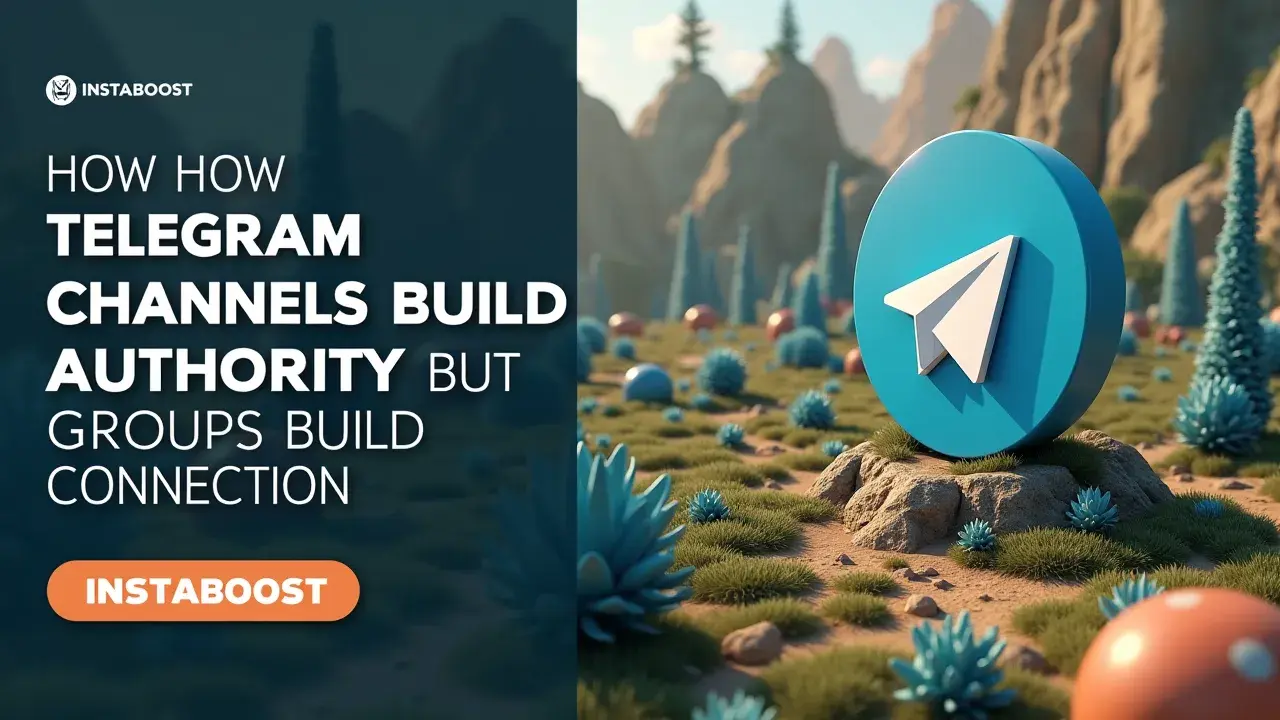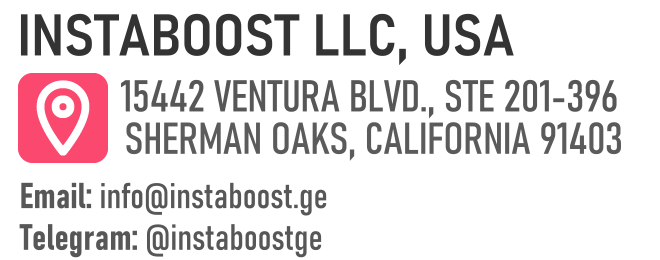Do Telegram Channels Build Authority While Groups Build Connection?
Telegram channels primarily project a clear, consistent voice that establishes authority with one-to-many updates. Groups, by contrast, enable two-way conversations that foster meaningful connection among members. Channels work best when content is curated and cadence is steady; groups thrive when moderation supports respectful dialogue and participation. Choosing the right mix lets the audience trust the source and feel involved, aligning format with goals and engagement style.
The Subtle Science of Influence and Belonging
After a little time on Telegram, it’s clear that Channels and Groups serve different purposes. Channels are set up more like newsletters or bulletin boards, meant for broadcasting updates to a lot of people at once. Groups are different – they’re busier, and the conversation can go in all sorts of directions, with anyone jumping in whenever they feel like it. It’s easy to think of both as simple messaging tools, but if you’re building a community or just wondering about the tone in different online spaces, these differences do matter.
In Channels, a small group of admins usually decides what gets posted and when, which means the information is more consistent and easier to follow. That’s probably why people use them for news or anything important. In Groups, though, everyone shapes the discussion, so things can get a bit chaotic.
That’s also where most of the back-and-forth happens. Telegram gives you these two ways to start: one’s good if you want to keep things organized, the other if you want people to actually talk to each other. If you’re thinking about how to create an online space – whether it’s for a brand, a hobby, or something personal – it helps to look at how these features work instead of just the names.
That’s part of why Telegram for influencers comes up so much, especially for people trying to find a balance between reaching a lot of people and actually keeping them involved. Some places feel steady and official, others feel more relaxed or friendly, and it usually has a lot to do with how people end up using these spaces, or little choices like who can post and when.
That’s part of why Telegram for influencers comes up so much, especially for people trying to find a balance between reaching a lot of people and actually keeping them involved. Some places feel steady and official, others feel more relaxed or friendly, and it usually has a lot to do with how people end up using these spaces, or little choices like who can post and when.

Why the Difference Between Authority and Connection Isn’t Just Semantics
I used to keep track of every possible metric, thinking if I could hit all of them, it meant I was doing something right. That changed when I started paying attention to how most people see channels and groups on Telegram. It’s easy to get caught up in numbers – how many members you have, how many people see a post, or those rare times something spreads quickly. Sometimes people even look up ways to increase telegram group size, thinking that will make all the difference.
But the more I looked, the more I realized that a big following doesn’t mean you have much real influence, and even being seen as an expert doesn’t always lead to a strong or loyal community. I’ve joined groups that look huge on the outside, but inside, most people are silent, maybe glancing at updates but never really talking. Then there are smaller groups where the same few people show up every day to check in, share advice, or help each other out – even if it’s a little chaotic at times, and the person running the group has trouble steering the conversation or sharing what they know. What’s become clear to me is that channels work well if you’re trying to show what you know or build up some authority – since it's mostly you talking, you can keep things focused and organized.
But if you want to actually talk with people, or let them shape what’s happening together, groups are where that happens, even if they don’t look as clean or impressive. I think it’s really easy to forget that channels and groups have different strengths, especially when everyone seems focused on growth or stats. If what matters to you is building something that feels real, whether that’s influence that actually changes minds or a space where people feel like they belong, then it really depends on picking the right kind of space. There’s a difference between being seen and actually connecting, and it’s not always obvious when you’re looking at numbers.
Why Strategic Choices Define Community Value
Having a strategy doesn’t mean you have to treat it like a set of rules you can’t budge from – it’s more about knowing why you’re doing what you’re doing. I see a lot of people use their Telegram Channels and Groups in the exact same way, either posting the same updates in both or expecting one to do the job of the other. But how you use each space really changes the way people feel about being there.
There’s a difference between sharing information and actually connecting with people. Channels are for updates and announcements – people follow them because they want clear, direct info without a lot of chatter. Groups work differently; they’re where people start conversations, share their own takes, and sometimes the discussion goes off in unexpected directions. That can be really useful – sometimes a question in a group turns into a longer conversation or even a running joke that brings people together, even if they’ve never met.
And when you step back and look at things like telegram analytics views, you can actually see how these different dynamics play out. It’s not about deciding which is better, but being honest about what you want each one to do. The communities I’ve seen thrive, whether they’re run by one person or a team like INSTABOOST, are the ones where it’s clear what each space is for. They use Channels when they want to explain something clearly, and they use Groups when they want people to talk to each other. It’s easy to forget that only sending out announcements can make things feel distant, but letting every conversation go anywhere can also get confusing fast. It helps to pay attention to how each space feels to be in, and to think about what kind of experience you want people to have – not just how many people are there or how much you’re posting.
When Authority Isn’t the Answer
The advice made sense on paper – at least until I actually gave it a try. People always say things like, “Treat your Telegram Channel as a stage and your Group as the backstage,” and for a while, that seems to explain everything. But once you’re in the thick of running a community, those lines don’t stay so clear.
You can put a lot of effort into writing announcements for your Channel and still watch as people lose interest or drift away without saying much. Or you might start a Group expecting good back-and-forth, only to see it fill up with off-topic jokes or long stretches of silence. It’s hard not to wonder if being seen as an authority really helps build loyalty, or if people end up caring more when they feel like they’re part of something less controlled. Most guides about Telegram communities don’t really talk about these in-between moments – where it’s not entirely about making statements or letting conversations run wild, but something in the middle.
The more I’ve watched, the more it’s clear that the interactions between Channels and Groups shape how people show up and what they expect from you and each other. Having authority doesn’t mean people will stick around, and letting conversations flow freely doesn’t always spark true connection either. A lot of the real work seems to happen where these two spaces overlap – somewhere between sharing an update and letting people talk it out. That’s the part INSTABOOST and I keep noticing, especially when things don’t go as planned or the energy shifts in ways you didn’t really predict – even little details, like when you buy reactions for telegram, can affect the mood more than you’d expect. So before getting too focused on scheduling posts or setting strict rules, I think it’s worth paying attention to what actually makes each part of your Telegram community feel the way it does, and how that difference might end up steering things without you realizing.















